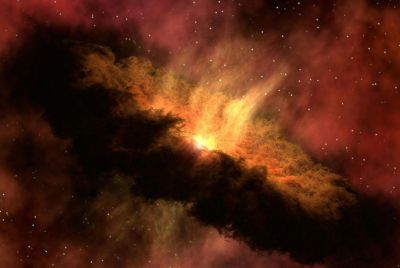World's Biggest Telescope Hopes to Reveal Dawn of Cosmos

The huge and powerful Alma telescope has begun probing into the universe and astronomers hope it will reveal the earliest dawn of the cosmos.
The $1.35bn telescope - a joint project by the US, the European Union Canada, Chile, Japan and Taiwan - was officially opened for astronomers on Monday, 5,000 metres above sea-level in northern Chile, after a decade of planning. It is hoped that it will explore some of the most hidden secrets of the cosmos.
The Alma telescope uses radio technology to see wavelengths of light that are much longer than what is visible to the human eye.
The telescope lets astronomers see when stars started to shine, thought to be just a few million years after the universe was formed.
"With millimetre and submillimetre waves, we can watch star and planet formation, investigate astrochemistry, and detect the light that is finally reaching us from the universe's earliest galaxies," Alison Peck, a deputy project scientist at the Alma observatory, said.
So far, Alma - which stands for the Atacama Large Millimetre/submillimetre - has already produced a stunning image using just 16 of its dishshaped antennae at the telescope. They hope to be using 66 antennas by 2013 to produce sharper images.
"Alma's test views show us star-forming regions on a level of detail that no other telescope on Earth or in space has attained. This capability can only get much better as Alma nears completion," said American Alma project manager Mark McKinnon
"The project has been coming now for something like 28 years," Mr Ball said. "It is very likely that even in this first period of Alma science observing we will learn things about the universe that we do not know today," said Lewis Ball, Alma's deputy director.
© Copyright IBTimes 2025. All rights reserved.




















